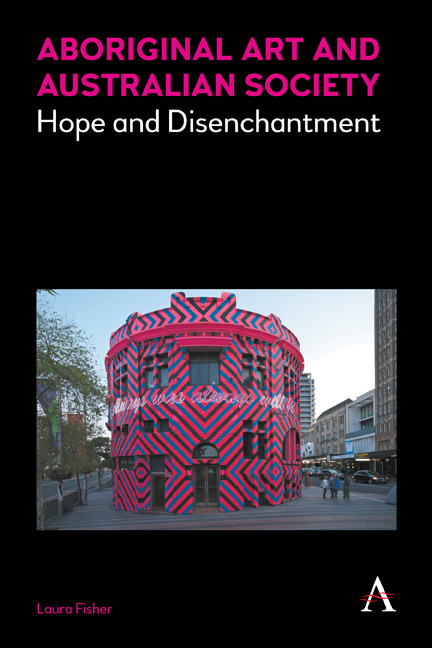Summary
In the 1960s and 1970s, Australian governments relinquished the idea that Aboriginal society and culture would inevitably diminish and began dismantling the segregationist and assimilationist paradigms of Indigenous policy that had prevailed for the previous century. Not only were governments now obliged to address the obstacles that prevented Aboriginal people from participating in mainstream Australian society, Aboriginal citizens were recognised as constituting a distinct people who had retained unique traditions and values in spite of colonisation. The corollaries of this acknowledgement were policies and civic discourses of atonement, and interventions designed to forestall further cultural loss and to empower Aboriginal people to determine their own cultural futures. In subsequent decades the implications of this transition were negotiated in the theatres of land rights and native title, the National Inquiry into the Separation of Aboriginal and Torres Strait Islander Children from their Families, Reconciliation, the History Wars, the rise and fall of the Indigenous governance organisation ATSIC and many others. They have also been negotiated through the flourishing of Aboriginal cultural forms in the arts and popular culture, particularly, as I will explore in this book, through the medium of Aboriginal art.
The many strands of the contemporary Aboriginal art movement – though continuous with older, precolonial traditions – can be mapped closely against the political changes that have taken place since the 1960s. Indeed in some ways the story of Aboriginal art can be read as the poetic manifestation of two interrelated projects of the post-assimilation era: on the one hand, a dispossessed people's struggle for emancipation and recognition, and on the other, a redemptive programme pursued by governments and members of civil society to embrace Indigenous people's difference and establish a positive space for this difference within the nation. Aboriginal art has amplified Indigenous demands for justice and recognition and confronted contemporary forms of racism and discrimination. It has also been a vital forum for asserting Indigenous land custodianship and picturing the aftermath of dispossession and colonisation. Yet as much as it has been a platform for Indigenous cultural expression, it has been a medium through which non-Indigenous Australians have encountered this amorphous thing called “Aboriginal culture”, contemplated the miracle of its survival and regeneration, and contended with the question of how they themselves are implicated in the ethical problems that sit at the heart of the settler state condition.
- Type
- Chapter
- Information
- Aboriginal Art and Australian SocietyHope and Disenchantment, pp. 1 - 14Publisher: Anthem PressPrint publication year: 2016



